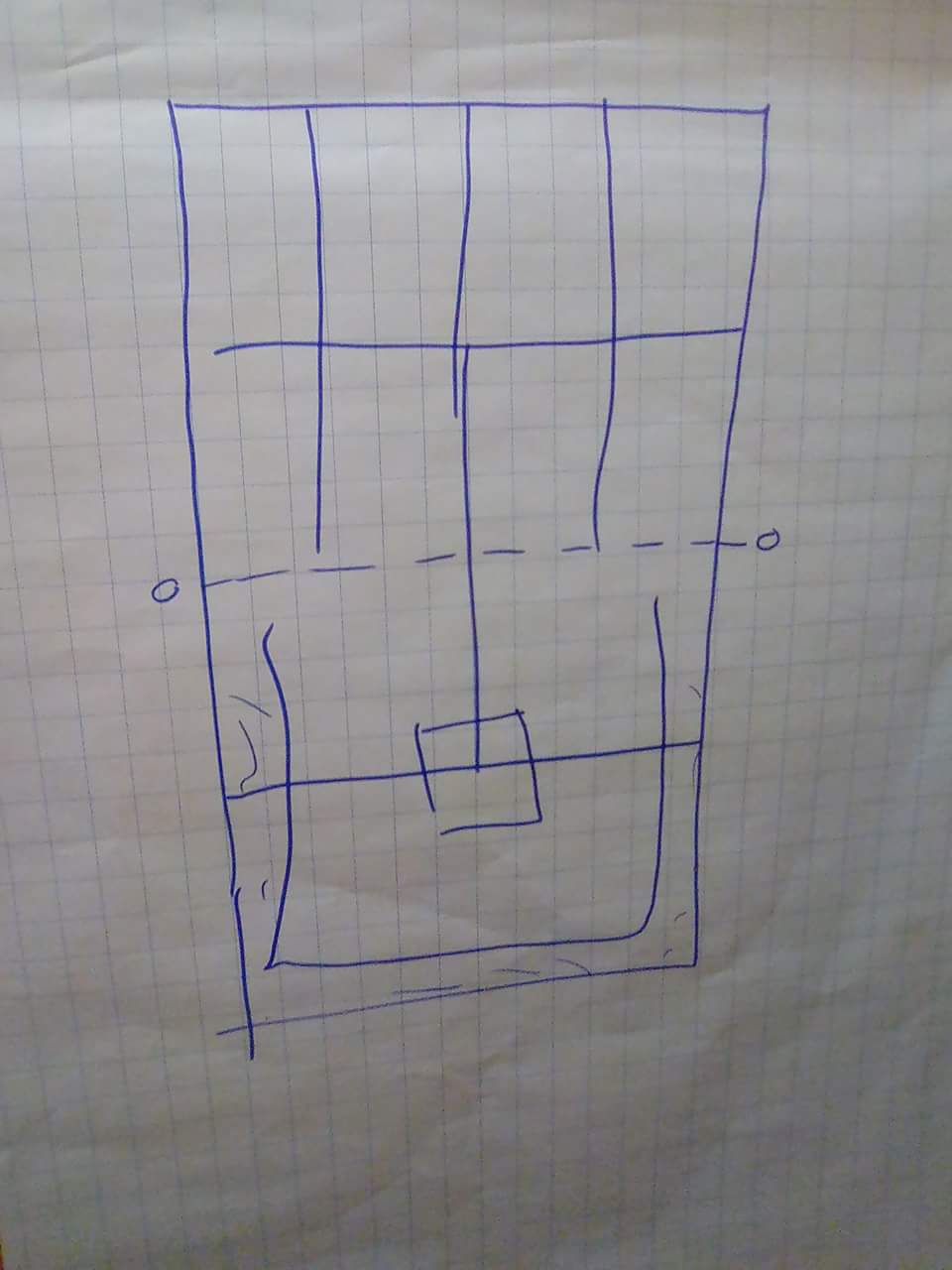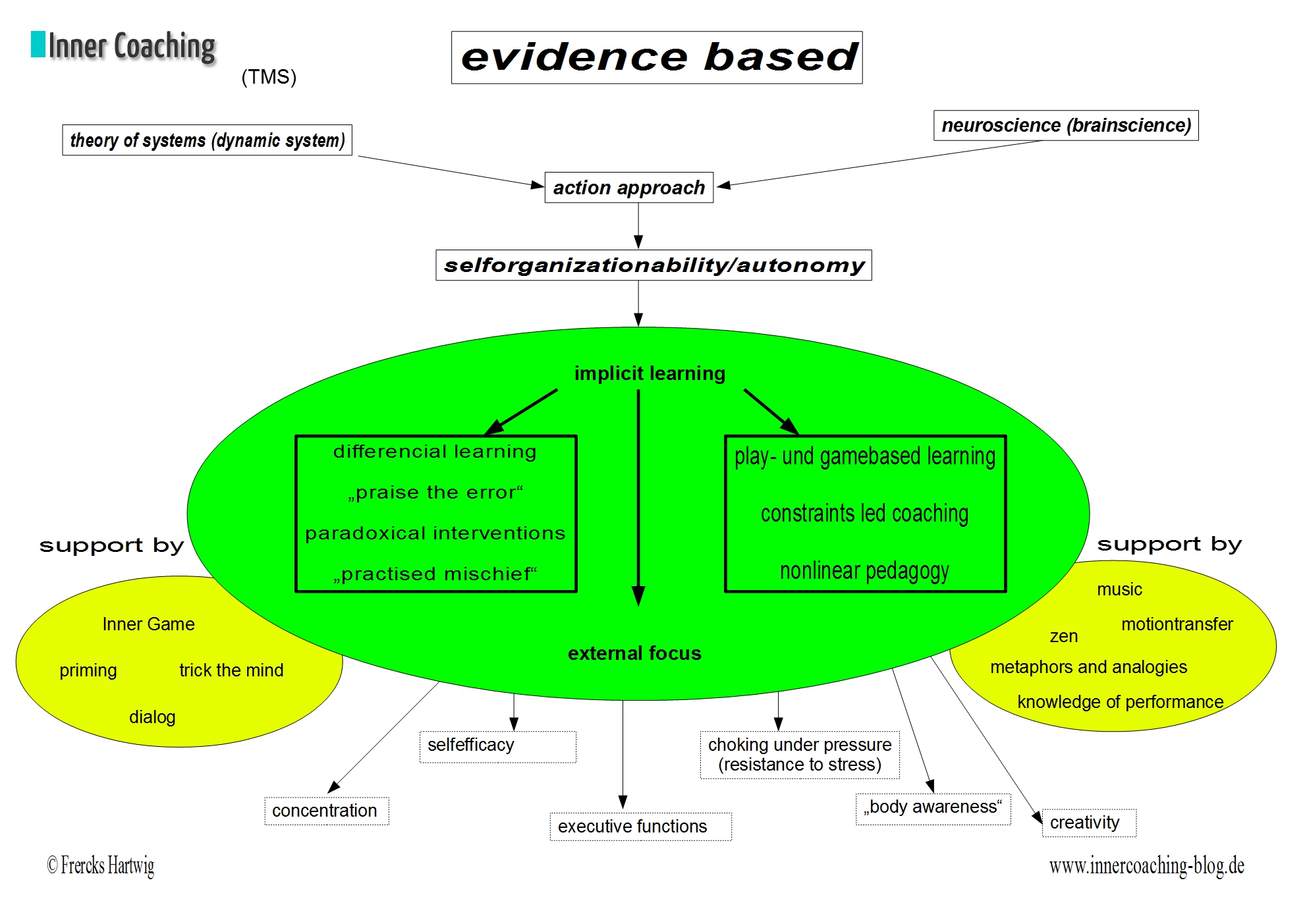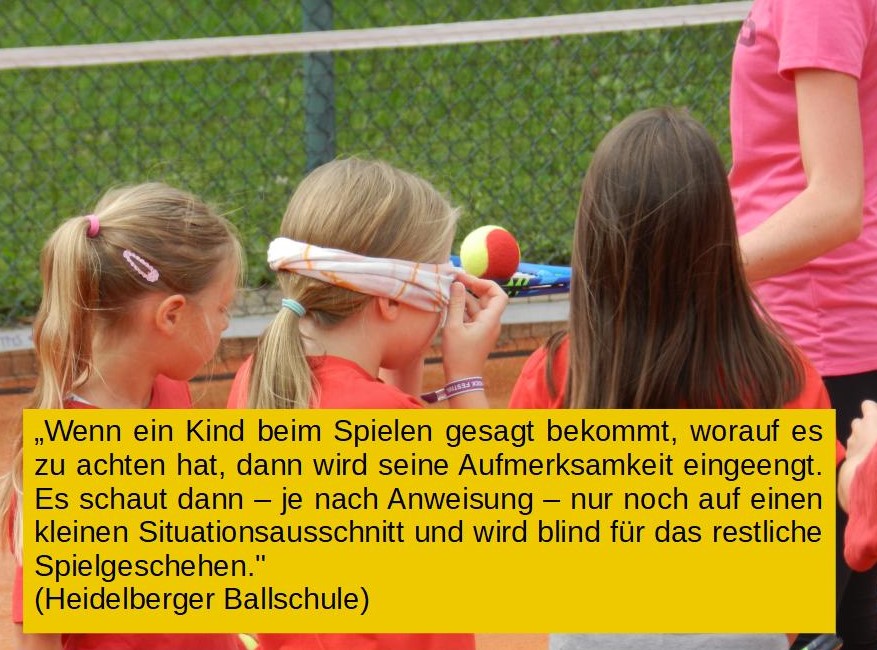Seit heute am Kiosk oder beim Verlag erhältlich: „Psychologie in Training und Wettkampf. in: TennisSport März 2018. Mit Beiträgen von Laura Siegemund, Dirk Schwarzer, und anderen und einem Beitrag von Frercks Hartwig: „Gegen die Angst zu versagen – Strategien für Training und Wettkampf.“ 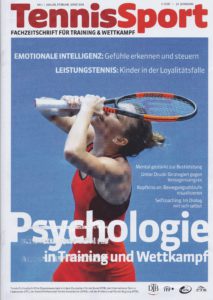
Schlagwort-Archive: Frercks Hartwig
Differences
„Everything that makes a difference makes a difference and is the base for learning.“ (Frercks Hartwig, innercoaching-blog.de)
Motion transfer
„The evidence of motion transfers tells us a lot about the importance of a wide range of basic learning in many different sports and about free play. And it tells us – of cause – about the danger of an early specialisation.“ (Frercks Hartwig, innercoaching-blog.de)
Constraints
Thinking about constraints in Constraints Led Coaching in daily tennis practice. Tms-die mobile Tennisschule
From Inner Coaching to „Coaching in sports“
The Blog www.innercoaching-blog.de now has the title 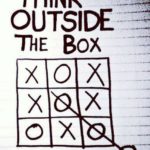
„Coaching in sports – new ways in learning“. Started with the thoughts and ideas of Timothy Gallwey and others about Inner Game and Inner Coaching the scaffolding of the blog is more. From there, we started thinking outside the box.
We included all aspects with an evidence-based background that deliver a change in coaching in sports („new ways in learning“): constraints led approach, external focus, differential learning, non-linear pedagogy, implicit learning, theory of dynamical systems,….
Quality before quantity
Idealtechnik ade (komplett)
Der Artikel aus TennisSport 4/2018 über non-lineare Pädagogik und implizites Lernen am Beispiel des Aufschlags im Tennis. Viel Spaß beim Lesen und Umsetzen.
Inattentional blindness
Lernprozesse selbst gestalten
Differential learning enhances skills
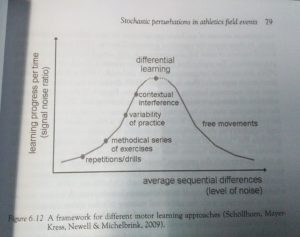
Prof Wolfgang Schoellhorn has published about new methods in motor learning in sports research. His studies about differential learning form one of the most important fundamentals in our learning and coaching approach.
We transform this theory in games and drills for tennis. In the book „Motor learning in practice – a constraints led approach“ published by Jan Renshaw, Keith Davids and others, Schoellhorn describes in the article „Stochastic perturbations in athletics field events enhance skill acquisation“ of 2010 why differential learning improves processes in comparison to traditional methods significantly.
But read here: Stochastic perturbations in athletic field events
